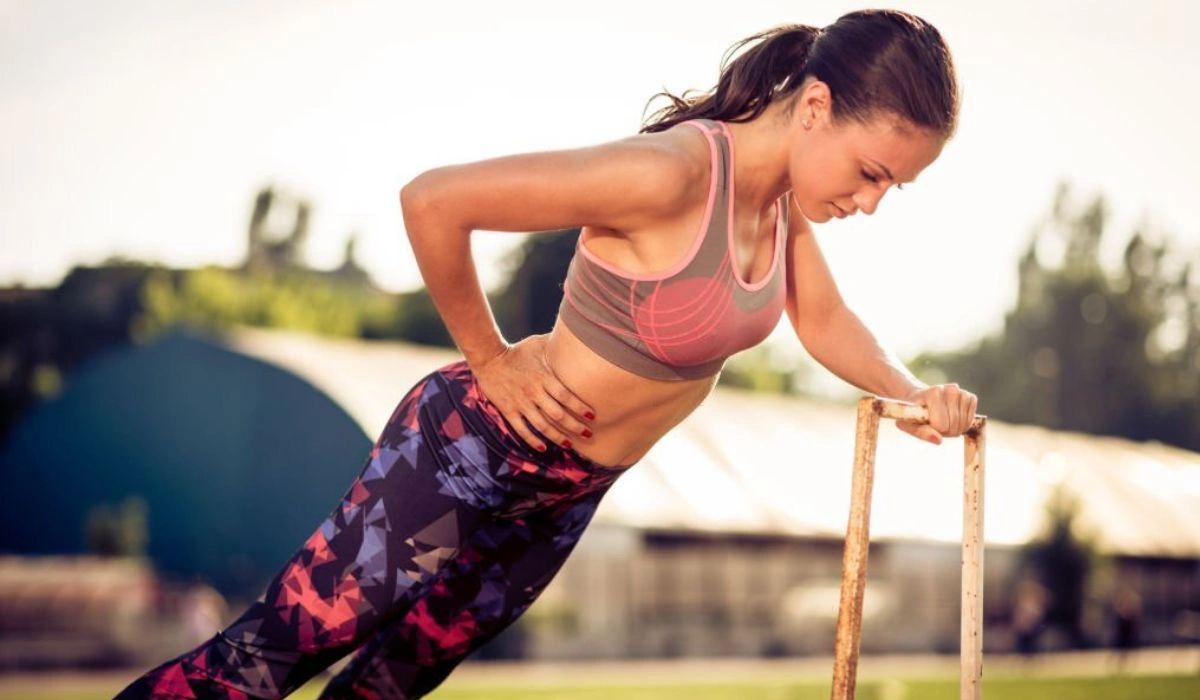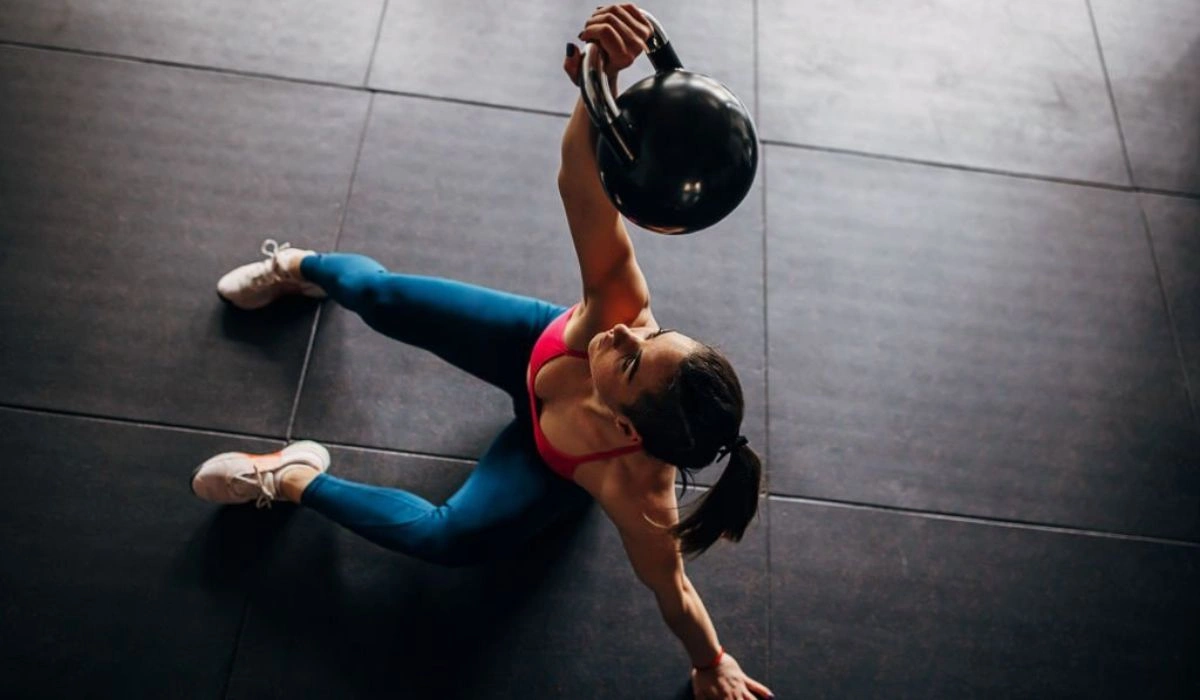In the past, the mainstream culture attributed strength training to males only. During that time, the social stigma and lack of disseminated information created misconceptions that discouraged many female athletes and coaches from practicing strength training programs.
Gender stereotypes in strength training often persist today because many female athletes are still discouraged from practicing it. However, in 1972, when Title IX authorized equal access to all educational and athletic programs, it involved participation in gross motor skill and strength development activities.
The emergence of the current fitness boom has mitigated some of the negative discussions about female strength training. Nevertheless, there should be full acceptance and this only be possible when everyone accepts the facts.
What Is Strength Training?
Strength training or resistance training is the performance of physical exercises that enhance strength and endurance. It is usually related to the lifting of weights. It can also involve several training techniques like bodyweight exercises, isometrics, and plyometrics.

Training is done by gradually increasing the force output of the muscles with several exercises and kinds of equipment. While strength training is mainly an anaerobic activity, note that circuit training also is a form of aerobic exercise.
Strength training can increase muscle, tendon, and ligament strength including bone density, metabolism, and the lactate threshold; enhance joint and cardiac function; and mitigate the risk of injury in athletes and the elderly. Several sports and physical activities prioritize strength training as part of their training regimen.
Misconceptions About Strength Training For Female Athletes
1. Strength training causes bulky, excess weight gain.
Strength training helps to reduce body fat. Although you can gain some lean muscle, the exchange of fat for muscle usually evens out. Studies have proven that overall increases in size are minor in females, apart from those with a genetic predisposition for hypertrophy, which represents a tiny percentage of the female population will gain more muscle growth and limb girth.
Moreover, lifting heavy weights does not mean men or women will gain big muscles. Both genders must be committed to making even small gains in this aspect.
Don’t fall into the misconception of “higher-reps-for-tone.” The myth here implies that exclusively using lighter weight for sets of 15 to 20 or more low-intensity reps result in a “cut” look, while moderate-to-low reps lead to bulkier, unfeminine muscles.
It pays to acquire some solid strength and required power to occasionally perform maximal, or near-maximal, sets of five to 10 reps.
2. Females should train occasionally, with different equipment than males.
Although there are different weight loads due to differences in strength, it doesn’t justify why females cannot train on similar schedules as males concerning frequency and duration. They can access all of the same training tools used by males use without restrictions.
3. Females should not engage in high-intensity training.
Females are capable and are usually willing to train with similar effort and intensity as males. There are no physical factors that would discourage challenging, committed training procedures.
Why Female Athletes Should Engage In Strength Training
Strength training in female athletes should be encouraged for the following reasons:
1. Early physical development and injury prevention:
The main reason is the early physical development of females compared to male athletes. Females undergo rapid growth earlier in life, making their bones grow while the muscles, tendons, and ligaments slowly catch up. This, in combination with anatomical structure differences, exposes female athletes to a higher risk of injury. The research proves that teenage girls are 8 times will probably to rupture their ACLs than their male counterparts. Moreover, female athletes experience a 91% rate of season-ending knee injuries.
2. Psychological benefits:
Apart from injuries, female athletes enjoy the psychological aspect of strength training. By practicing strength training and proper nutrition, there will be a significant reduction of self-image issues.
3. Myth debunked:
Despite all of the positive research concerning strength training and female athletes, the most popular question remains, “If I lift weights, will I look like a man?.” The answer is, “No!” Much of the difference in muscle mass between males and females is linked to hormones, particularly, testosterone. Men averagely produce ten times more testosterone than females. Moreover, there is a difference in muscle mass distribution between men and women, particularly in the upper body.
Conclusion
Although there are stereotypes concerning strength training for female athletes, the myths involved have been debunked and there are many benefits female athletes can enjoy to perform well in their sports.
Read More: Osteoporosis Prevention In Female Athletes: Unleash Your Inner Strength
Our recommendations are rooted in genuine belief in the benefits of the products bring to users. When you purchase through our links, we may earn a commission, supporting our testing and development without adding any cost for you. Learn more.

Dr. David G Kiely is a distinguished Medical Reviewer and former General Medicine Consultant with a wealth of experience in the field. Dr. Kiely’s notable career as a General Medicine Consultant highlights his significant contributions to the medical field.


